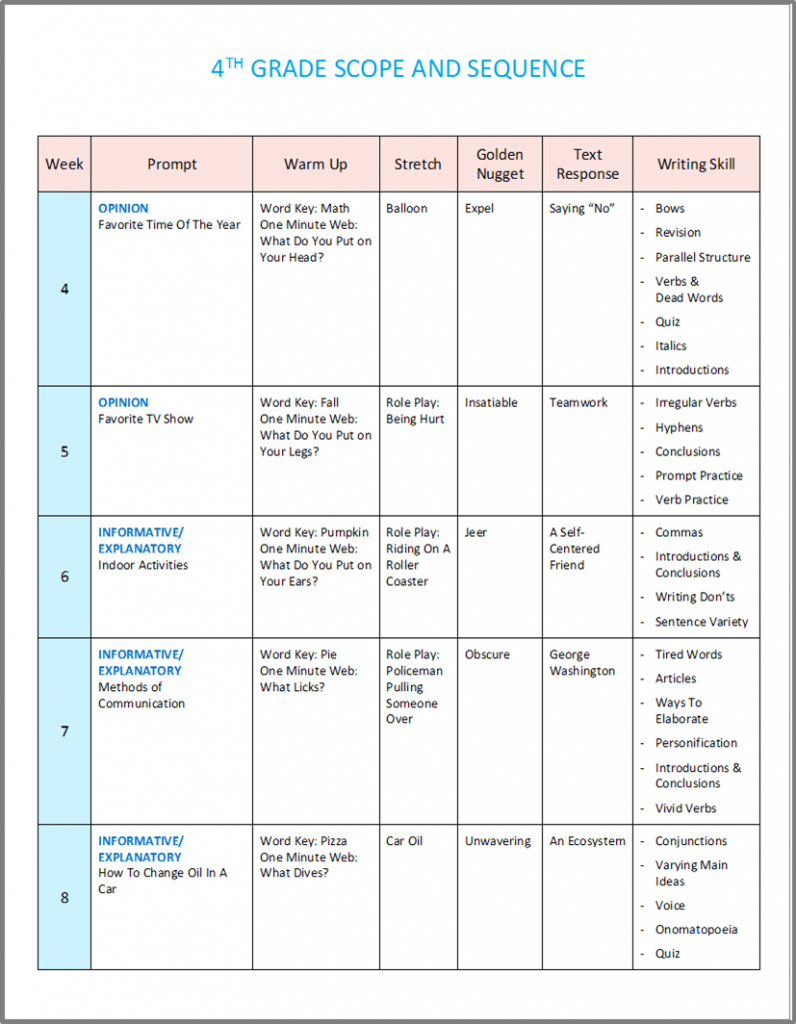

The curriculum also provides "Sample Year-Long Curriculum Plan," which maps the skills of the Preschool Sequence to each month of the school year.


Sequence: A thorough review of the curriculum materials indicates that Core Knowledge ® includes competencies and skills for each domain that are listed sequentially (from less to more complex). Each chapter provides a brief description of what teachers should know, scaffolding suggestions, and some "Teaching Ideas" to support children's development for domain/content areas. The Handbook subdivides the developmental areas into domains/content areas (e.g., under Language and Literacy, one of the domain/content areas is Oral Language) and includes a chapter that lists the Preschool Sequence skills for each domain/content area. Scope: Core Knowledge ® clearly identifies five developmental areas: Approaches to Learning, Social and Emotional Development, Language and Literacy Development, Knowledge and Cognitive Development, and Physical Well-Being and Motor Development. However, for Perceptual, Physical, and Motor Development, the curriculum does not provide a sequence of learning experiences that progressively builds from less to more complex.
#SCOPE AND SEQUENCE MEANING HOW TO#
For example, Appendix B of the Teacher's Handbook describes how to use the math learning trajectories to individualize the sequence in which math lessons are implemented. In the Mathematics domain, the curriculum also provides some guidance on how to move through the sequence of learning experiences based on individual children's strengths and needs. The Units provide multiple, related opportunities for children to explore or learn concepts and skills in the curriculum's core domains. Sequence: The Units provide a sequence of learning experiences that progressively builds on children's knowledge and skills as they move through the developmental progressions in the following ELOF domains: Approaches to Learning, Social and Emotional Development, Language and Communication, Literacy, Mathematics, and Scientific Reasoning. In addition, the Units provide learning goals, lessons, and teaching practices to support children's learning and development in these domains. The Teacher's Handbook offers an overview of the associated learning goals, lesson types (e.g., Welcome and Read Aloud Connect), and learning processes (e.g., communicating and representing, using tools strategically) used to support children's development and learning in the identified domains. Scope: C4L clearly identifies four core domains of learning: math, science, literacy, and social and emotional learning.


 0 kommentar(er)
0 kommentar(er)
